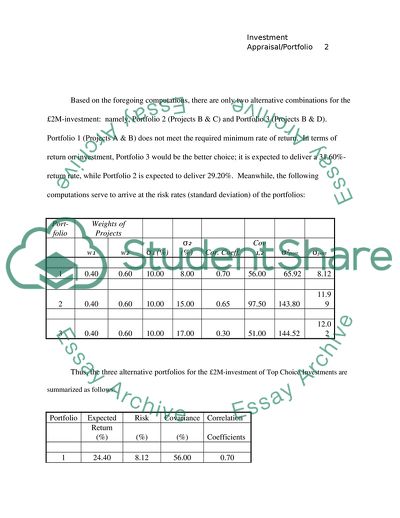Cite this document
(Investment Appraisal and Portfolio Assignment Example | Topics and Well Written Essays - 1500 words, n.d.)
Investment Appraisal and Portfolio Assignment Example | Topics and Well Written Essays - 1500 words. https://studentshare.org/finance-accounting/1722664-investment-appraisal-portfolio
Investment Appraisal and Portfolio Assignment Example | Topics and Well Written Essays - 1500 words. https://studentshare.org/finance-accounting/1722664-investment-appraisal-portfolio
(Investment Appraisal and Portfolio Assignment Example | Topics and Well Written Essays - 1500 Words)
Investment Appraisal and Portfolio Assignment Example | Topics and Well Written Essays - 1500 Words. https://studentshare.org/finance-accounting/1722664-investment-appraisal-portfolio.
Investment Appraisal and Portfolio Assignment Example | Topics and Well Written Essays - 1500 Words. https://studentshare.org/finance-accounting/1722664-investment-appraisal-portfolio.
“Investment Appraisal and Portfolio Assignment Example | Topics and Well Written Essays - 1500 Words”. https://studentshare.org/finance-accounting/1722664-investment-appraisal-portfolio.


